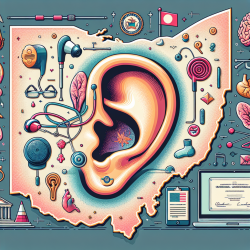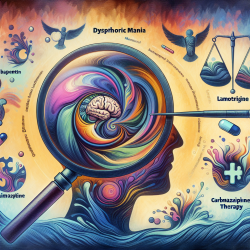Understanding the Prejudice Against Sign Languages
In the realm of speech-language pathology, the article "Discourses of Prejudice in the Professions: The Case of Sign Languages" provides a crucial examination of the biases that exist against sign languages. Despite the evidence supporting the benefits of sign language for deaf children, many professionals still advise against its use, often due to misconceptions about its difficulty and impact on bilingualism and literacy.
The Misconceptions
Several misconceptions contribute to the prejudice against sign languages:
- Difficulty of Learning: Many believe that learning a sign language is more challenging than spoken languages. However, research shows that motivation plays a crucial role in language acquisition, and parents of deaf children are often highly motivated.
- Bilingualism and Bimodality: There is a misconception that learning a sign language will interfere with a child's ability to learn a spoken language. Yet, evidence suggests that bimodal bilingualism can enhance cognitive development.
- Written Representation: The lack of a written form for sign languages leads to their undervaluation, despite their rich linguistic structure and cultural significance.
- Impact on Literacy: Contrary to the belief that sign languages hinder literacy, studies indicate that fluency in sign language can lead to better print literacy skills.
- Family Cohesion: Some fear that sign language will create a divide between deaf children and their families. However, it often strengthens family bonds by improving communication.
Encouraging Professional Growth
As practitioners, it is essential to challenge these misconceptions and embrace a more informed perspective. Here are some steps to improve professional practice:
- Stay Informed: Continuously update your knowledge by engaging with current research and literature on sign languages and bilingualism.
- Challenge Prejudices: Actively question and address any biases in your professional practice and interactions with families.
- Promote Bilingualism: Encourage the use of sign language alongside spoken language to support cognitive and linguistic development in deaf children.
- Collaborate with Experts: Work with professionals who specialize in deaf education and sign language to provide comprehensive support to families.
Conclusion
By addressing the prejudices against sign languages, we can create a more inclusive and supportive environment for deaf children. As professionals, it is our responsibility to ensure that our practices are informed by evidence and free from bias. Embracing sign languages as natural human languages can lead to better outcomes for deaf children and their families.
To read the original research paper, please follow this link: Discourses of prejudice in the professions: the case of sign languages.










